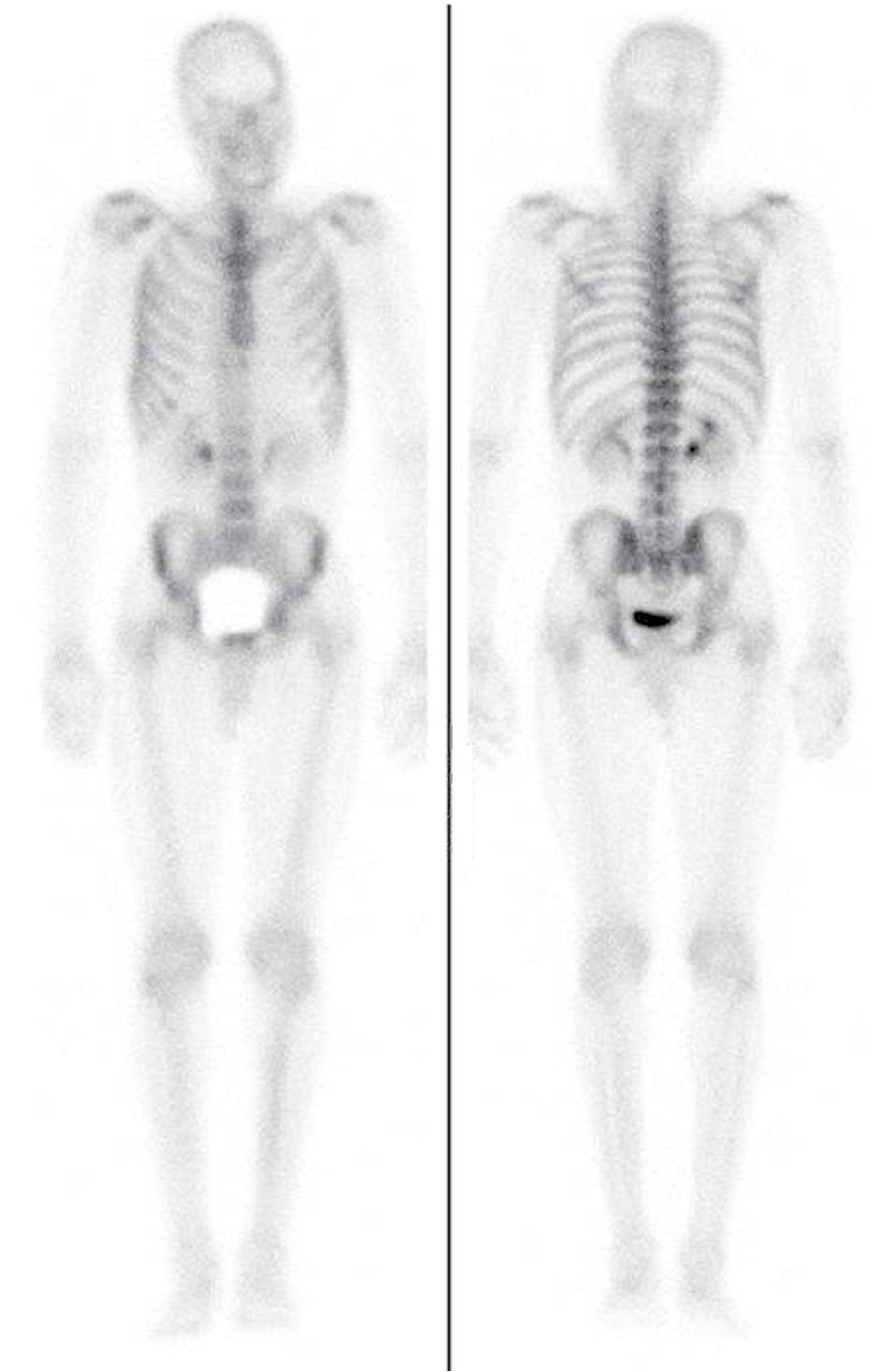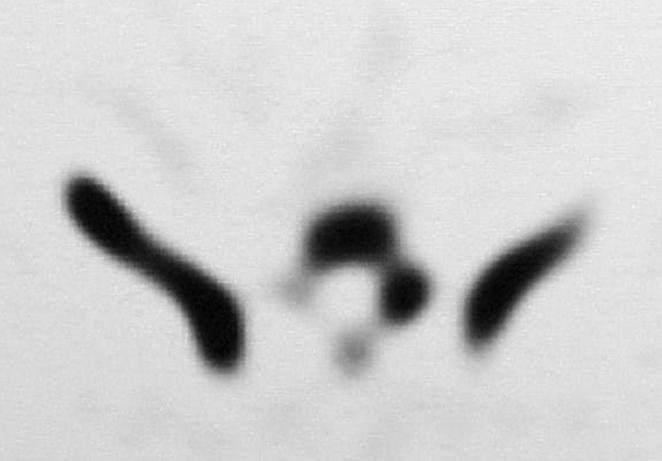Physical Address
304 North Cardinal St.
Dorchester Center, MA 02124
The technetium-99m ( 99m Tc) bone scan has demonstrated utility in the evaluation of osseous lesions. Positron emission tomography (PET) with 18 F-fluoro-2-deoxy-2D-glucose (FDG) has shown utility in diagnosis of spinal metastatic disease, infection, and bone marrow abnormalities, while 18 F-sodium fluoride (NaF) PET has shown utility in the assessment of skeletal metabolism and osseous lesions. Hybrid studies that combine nuclear studies with structural imaging techniques, such as computed tomography (CT) and magnetic resonance imaging (MRI), provide improved image quality and higher spatial resolution.
Nuclear medicine imaging tests produce images that reflect the biodistribution of an administered radioactive tracer, which may emit either gamma rays (i.e., 99m Tc) or positrons (i.e., 18 F-FDG).
In planar scintigraphy and single-photon emission computed tomography (SPECT), the gamma rays emitted by 99m Tc exit from the body, pass through a collimator, and are detected by a gamma camera. Sodium iodide crystals in the camera convert the gamma energy to photons, which are detected by photomultiplier tubes, converted to voltage, digitized, and used by computers to generate an image.
In PET, positrons are emitted by the radioactive tracer and travel several millimeters in tissue before colliding with negatively charged electrons, which results in annihilation and production of two high-energy gamma rays traveling in opposite directions. These annihilation photons are detected by crystals within the rings of scintillation detectors in the PET scanner, to localize the sites of radiotracer uptake in the body without the need for a collimator, a process termed coincidence detection . With the patient in the same position, data from the PET scan are co-registered with data from a CT (PET/CT) or MR (PET/MR). See Table 12.1 .
| Photon-Emitting Radionuclides |
|
|
|
| Positron Emission Tomography (PET) Radionuclides |
|
|
|
The radiopharmaceutical 99m Tc, typically attached to a diphosphonate derivative, is administered intravenously and rapidly distributed throughout the body. Before excretion through the renal system, the technetium is adsorbed into the hydroxyapatite matrix of bone. A gamma camera is used to record the distribution of radioactivity throughout the body. Areas of increased blood flow and osteoblastic activity are detected by an increased concentration of radionuclide tracer. A decrease or absence of radionuclide tracer reflects either an interruption of blood flow or decreased osteoblastic activity.
A planar bone scan displays imaging data on a single planar image similar to a radiograph. As three-dimensional imaging data is superimposed on a single planar image, relevant pathology may not be appreciated due to overlap of anatomic structures ( Fig. 12.1 ).

SPECT uses a computer-aided gamma camera and the radionuclides of standard nuclear imaging to provide cross-sectional images by 360° rotation of the camera around the patient. The images can be reconstructed in the sagittal, transverse, and coronal planes similar to a CT scan ( Fig. 12.2 ). A SPECT study is more sensitive than planar scintigraphy in detecting lesions in the spine and allows for localization of spinal lesions to the vertebral body, disc space, or vertebral arch.

SPECT-CT is a hybrid technology that combines SPECT and CT in an integrated system, which permits sequential scanning in the same position to facilitate fusion of nuclear and CT images. This technology provides increased diagnostic capabilities depending on the quality of the CT scanner but exposes patients to increased radiation dose.
A three-phase bone scan is most commonly ordered during a workup for infection. It consists of three parts:
Flow phase study: Assesses vascular spread of the injected radionuclide immediately after injection. Detects perfusion abnormalities in suspect tissue
Blood pool phase study: Detects hyperemia in bone and soft tissue due to abnormal pooling of the radionuclide shortly following contrast injection (5 minutes)
Delayed static phase study: Usually obtained 2–4 hours after injection. Can detect abnormal increased uptake in areas of active bone remodeling
Become a Clinical Tree membership for Full access and enjoy Unlimited articles
If you are a member. Log in here